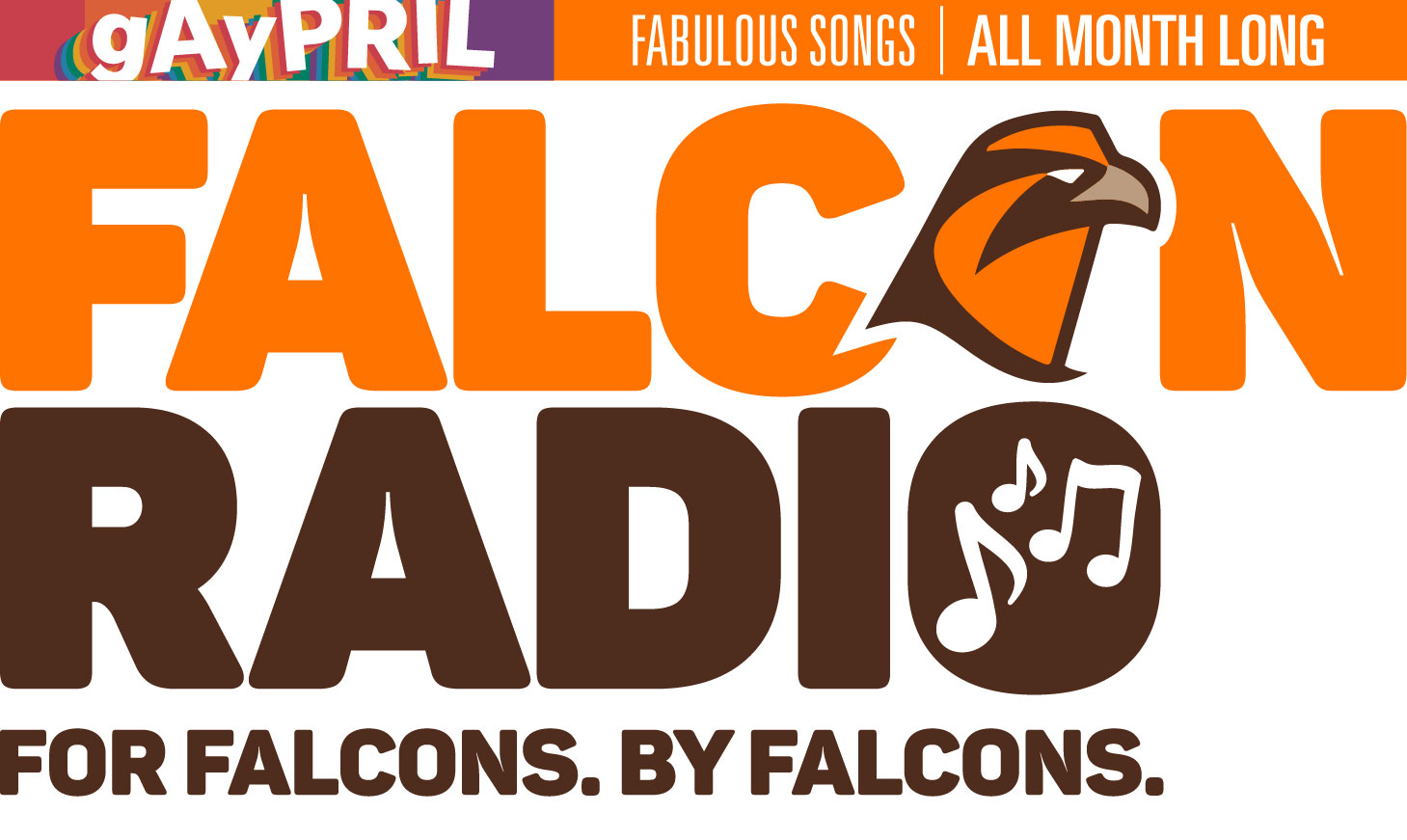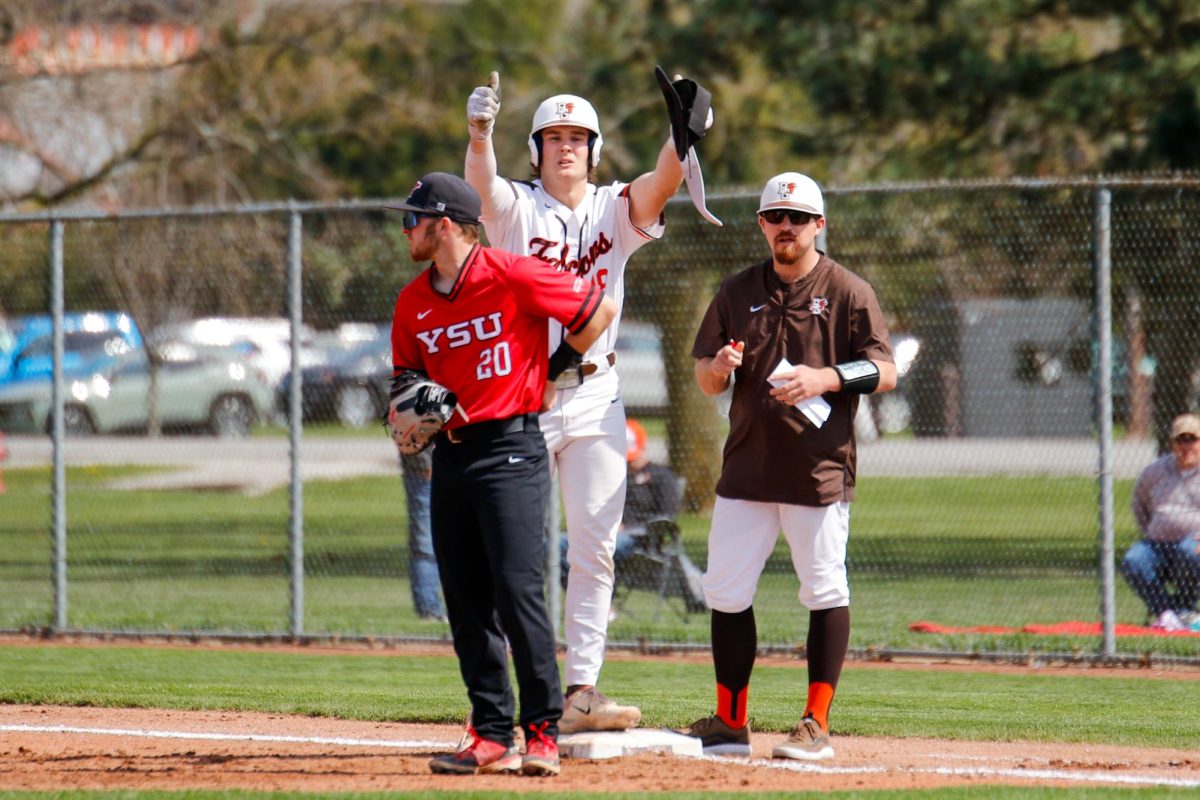To Gary Wittenmyer, one striking difference between Bowling Green in the 1970s and now quickly comes to mind – the smell.
‘This is the time of year, right now, that you used to smell ketchup all through the town,’ Wittenmyer said.
When Wittenmyer attended the University, from 1971 to 1975, Bowling Green was home to a Heinz Ketchup plant, which is now the site of Heinz-Site Apartments on 710 N. Enterprise St.
‘It was huge, and right next to campus, so they would hire a lot of students to do seasonal work,’ he said. ‘It was one of the biggest employers in Bowling Green at the time.’
With the University’s centennial just around the corner, Wittenmyer is one of many community members, alumni, faculty and students looking back on a century of memories.
A GROWING UNIVERSITY According to the University’s archival collections Web site, in 1910, Bowling Green was chosen to be the location for a teacher-training institution, or normal school. And while the University has added many other programs and specialties to its resume since then, a strong focus on education remains.
‘Bowling Green still has an emphasis on good teaching,’ said Eldon Snyder, a retired professor at the University. ‘Personally, I have always enjoyed, and still enjoy teaching.”
Snyder has witnessed the University’s evolution for 45 years.
He has been teaching in the sociology department since the summer of 1964. And though Snyder officially retired from full-time teaching in 1995, he has continued to teach both part-time and in the Honors Program to this day.
Snyder said a main factor of change in the University was simply the growing number of students.’
The University’s first class in 1914 had an enrollment of 304 students, according to BGSU’s archival collection’s Web site.
‘It used to be much more intimate, and all the classes were smaller; you could know all of your students by name,’ Snyder said. ‘Now, during the last years of my full-time teaching I had 300 students in large lecture halls. Even the way in which you presented material had to be different.’
As the University grew in size, Snyder said it lost some of its family-type atmosphere.’
‘There is less socializing, I think, between the faculty,’ he said. ‘There used to be a faculty wives organization that would have bridge groups, recorder groups, maybe a gourmet group.’
STUDENT LIFE The community of Bowling Green has seen both change and growth since the University was established. But Wittenmyer, who is now a Bowling Green resident, said some things have remained the same. ‘
‘Thursday was a big night [when I was a student],’ he said. ‘Everyone started their weekend on Thursday night.’ ‘
As a student, Wittenmyer frequented a downtown hangout that remains popular today.
‘When I first started going to Howard’s [Club H], it was across the street where the [Wood County] Public Library is now,’ he said. ‘Actually, it was called Howard’s Hotel with a bar down below.’
Wittenmyer said the bar did not come to be known as ‘Howard’s Club H’ until it moved to its current location.
What students did in their free time has not changed drastically, Wittenmyer said.
‘There was a downtown scene that people would go to, and a campus scene with dances, movies,’ he said. ‘Things were just in different locations [than they are now].’
Wittenmyer said the Union was a popular place for students to hang out. Part of the original Union is still there, he said, but the current Union structure has been added on since he was a student.
In addition to the structural changes, Wittenmyer said the food offered at the Union has changed for the better.
‘The Union then was more of a burger and fries place; they didn’t offer the selection that we have now,’ he said.
There was more to do than just study and eat at the Union.
‘There used to be a bowling alley and pool hall in the Union, too,’ Wittenmyer said. ‘You could take bowling for credit and bowl right on campus. A lot of people would go for fun in the evenings too.’
LOOKING BACK Wittenmyer was a student at the University during a turbulent time – the Vietnam War.
‘This was a time that really affected students because they could be drafted before they even finished college,’ he said.’
University campuses nationwide saw many protests and free speech demonstrations during this time.
Particularly in the spring of 1972, Snyder said, Williams Hall served as a platform for free speech at the University. People would stand on the stairs and voice their opinions about the war.
‘It was exciting and a crowd atmosphere,’ he said. ‘Quite a few of the faculty were involved and very sympathetic.’
Snyder recalled a rally he attended when Peter, Paul and Mary, a popular folk band of the ’60s and ’70s, performed at the University in Anderson Arena.
‘At the intermission, someone had heard the radio broadcast in which President Johnson made a statement that he would not run for re-election,’ he said. ‘Since he had been associated with the war, when Peter, Paul and Mary made the announcement, the gym just exploded. It was a very emotional moment.’
Snyder remembered another emotional event: the aftermath of the Kent State shootings in 1970.
Although they never met, Snyder and Wittenmyer both grieved with the University community.
‘There was a candlelit march, and we went all over town singing ‘We Shall Overcome,” Snyder said.
‘I was a part of that,’ Wittenmyer said. ‘It was a peaceful protest to honor the students who were shot and killed.”














